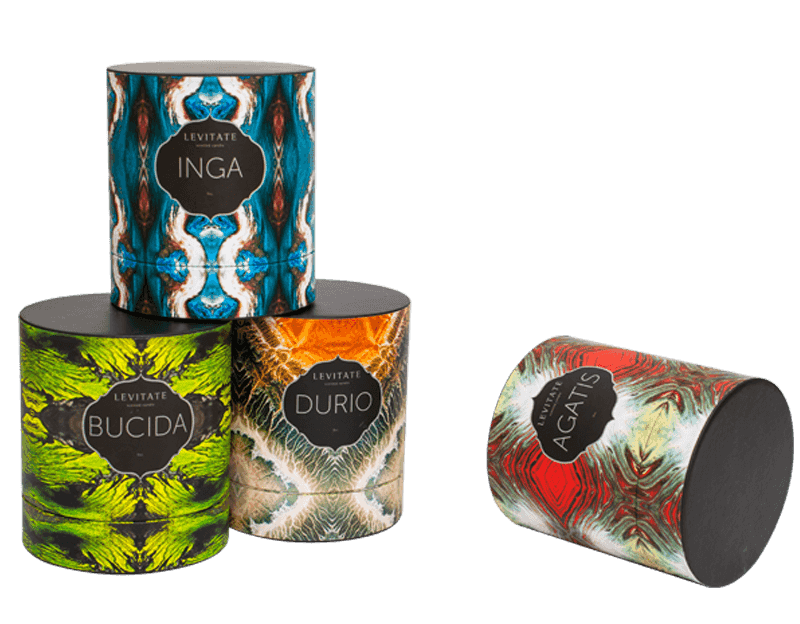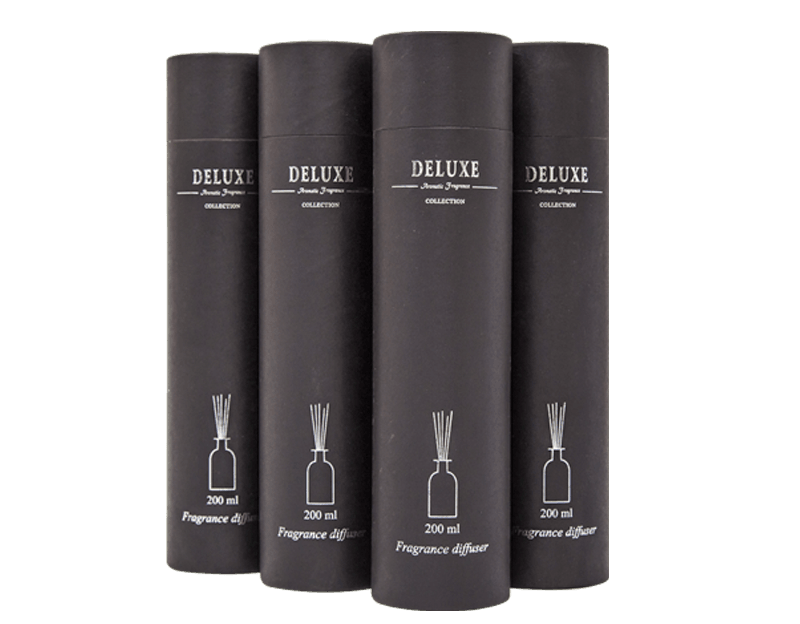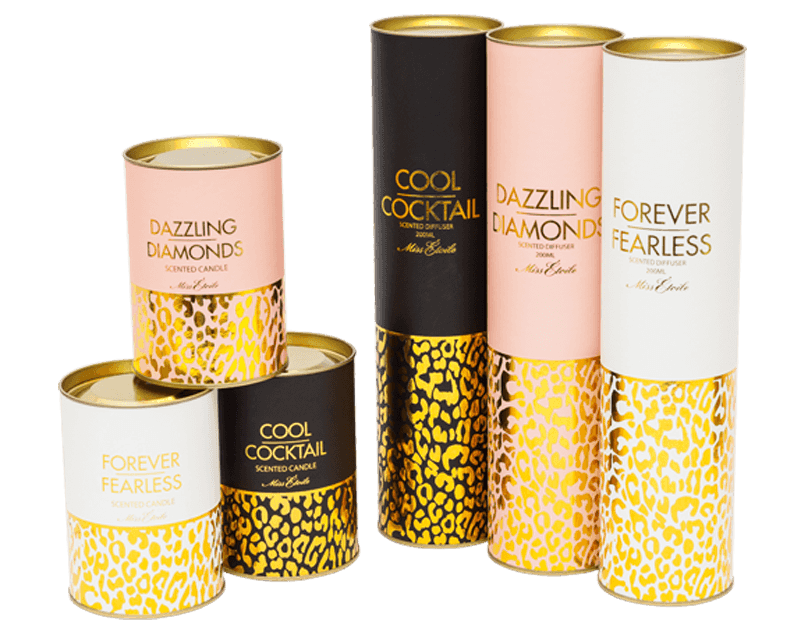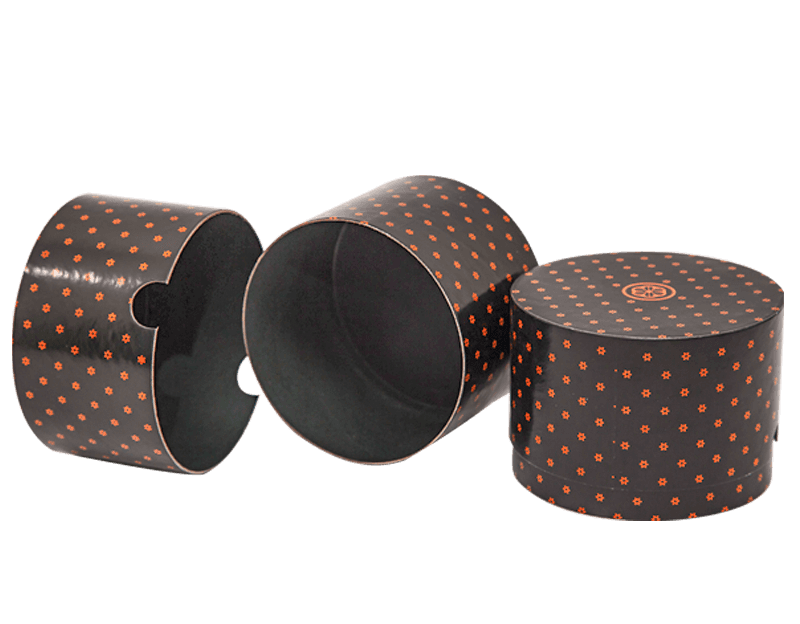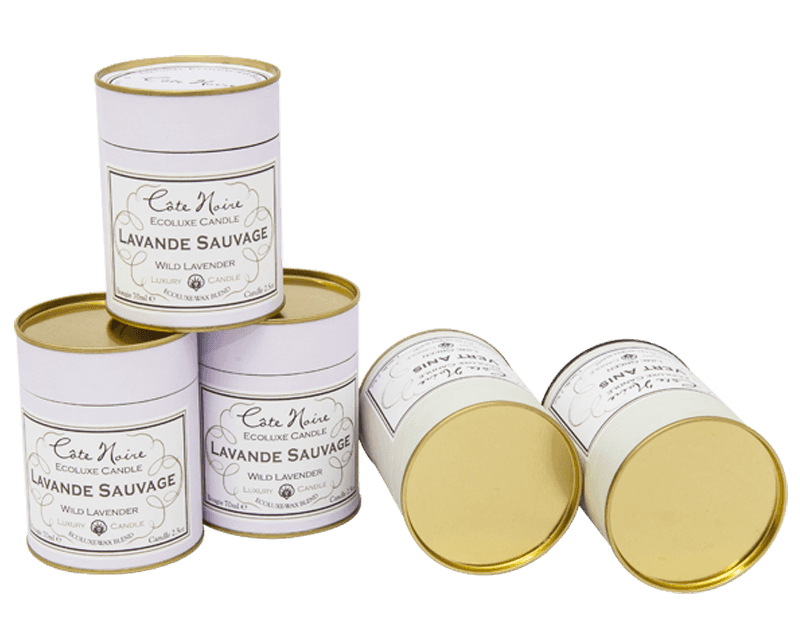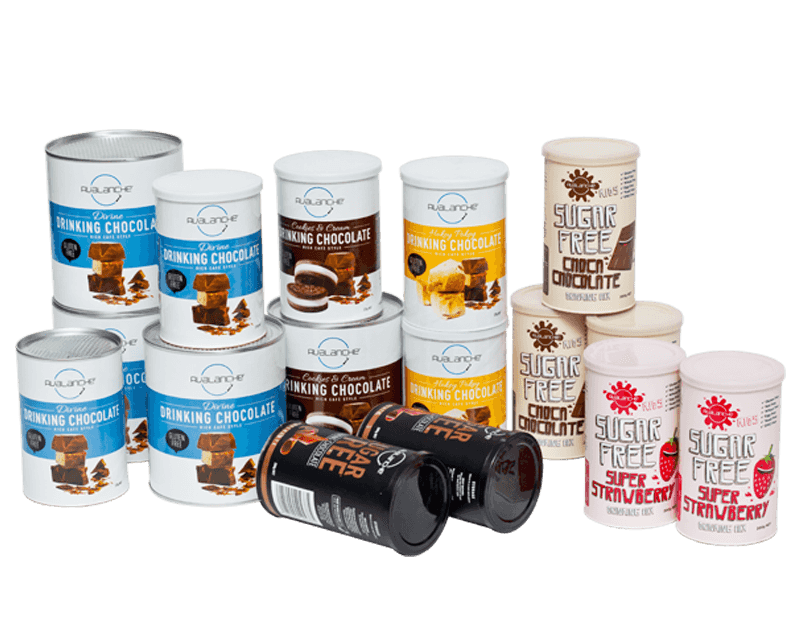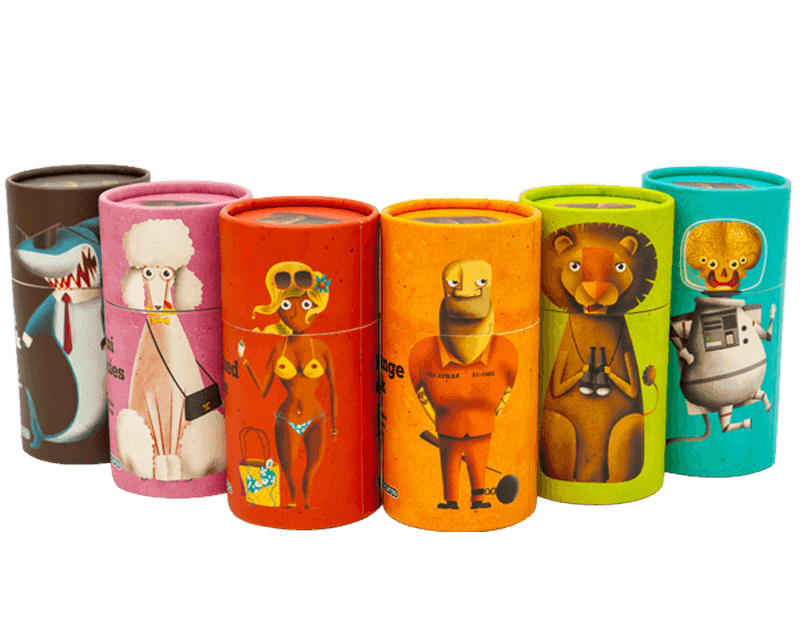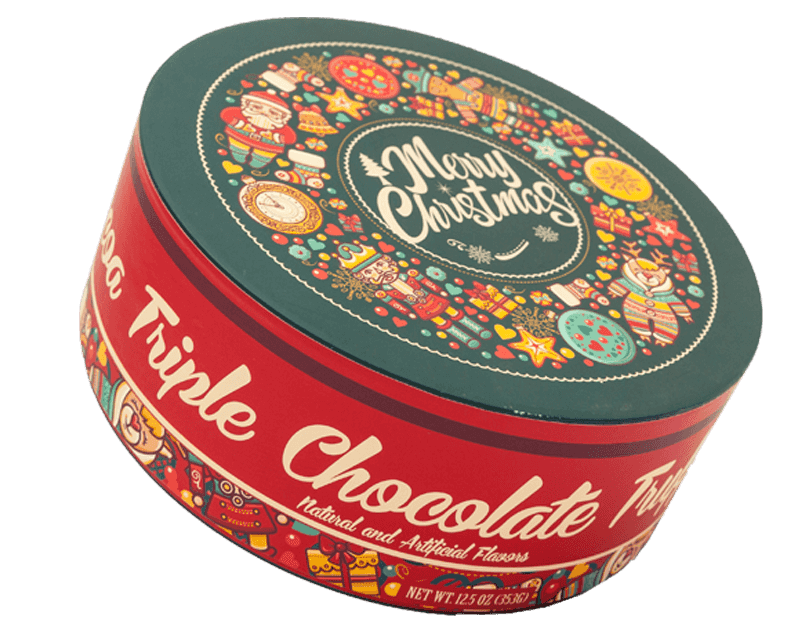As one of the top China cardboard tube packaging manufacturers and paper tube packaging suppliers, we devote all of our efforts to research and launch more high quality packaging products to global market.
Paper tubes are cylindrical structures made from layers of paperboard or kraft paper, widely used in industries such as packaging, textiles, construction, and even in consumer products like tissue rolls and mailing tubes. While these humble structures may appear simple, their production involves a precise and efficient manufacturing process designed to meet high strength and dimensional requirements.
1. Raw Materials Selection
The primary materials used in paper tube manufacturing are:
Kraft Paper: Known for its high strength and durability.
Paperboard: Often used for lightweight applications or inner layers.
Adhesives: Water-based glues are commonly applied between layers to bond the paper securely.
The choice of materials depends on the intended application. For instance, heavy-duty industrial tubes require thicker and stronger paper, while retail packaging tubes may prioritize smooth surface finishes and printability.
2. Slitting the Paper
Before the paper can be used in tube production, it must be cut into narrow strips that match the desired width of the tube layers. This is done using slitting machines:
Large paper rolls are mounted on a slitter.
Razor blades or rotary knives cut the roll into uniform widths.
These paper strips are then rewound into smaller rolls for easier handling.
Precision in slitting ensures that the paper layers align correctly during winding, which is crucial for tube integrity.
3. Winding the Tube
This is the core stage of manufacturing, where the paper strips are wound around a mandrel to form the tube. Two common winding methods are used:
A. Spiral Winding
Paper strips are wrapped at an angle (typically 30–45 degrees) around a rotating mandrel.
Multiple layers are spiraled simultaneously to build wall thickness.
Adhesive is applied between layers for bonding.
Advantages: High production speed and strength; ideal for mailing tubes, textile cores, and construction forms.
B. Convolute Winding
Paper is wound perpendicular to the mandrel’s axis, creating a "rolled-up" appearance.
Each sheet wraps around the entire circumference before the next layer is added.
Advantages: Better surface finish and dimensional accuracy; commonly used for containers, labels, and crafts.
4. Cutting to Length
After winding, the continuous tube is cut into specific lengths using cut-off machines or reciprocating saws. This process is often automated and synchronized with the winding operation to improve efficiency.
Depending on end-use, tubes can be cut into:
Short lengths for cosmetics or food containers.
Long tubes for industrial applications like carpets or film rolls.
5. Drying and Curing
Once cut, the tubes are left to dry so that the adhesive cures and the structure hardens. In some high-volume facilities, ovens or heated tunnels are used to accelerate the drying process.
Proper curing is essential to:
Prevent deformation.
Ensure long-term durability.
Enhance load-bearing capacity.
6. Finishing Processes
Depending on customer specifications or market requirements, additional finishing steps may be applied:
Trimming: Ends are trimmed for uniformity.
Printing or Labeling: Logos, branding, or instructions can be added.
Coating: Protective coatings such as wax, varnish, or laminates can enhance moisture resistance and appearance.
End Closures: Caps, plugs, or lids may be added for product protection.
7. Quality Control
Throughout production, strict quality control is maintained to ensure:
Correct dimensions (diameter, thickness, and length).
Consistent strength and durability.
Smooth surface and proper adhesion between layers.
Tests such as compression testing, moisture resistance, and tensile strength may be performed.
Conclusion
The process of making paper tubes combines material science, mechanical precision, and sustainable manufacturing practices. From slitting kraft paper to winding, curing, and finishing, each step is optimized to produce tubes that are strong, cost-effective, and environmentally friendly. With the growing demand for recyclable and biodegradable packaging, paper tubes continue to play a vital role in both industrial and consumer markets.
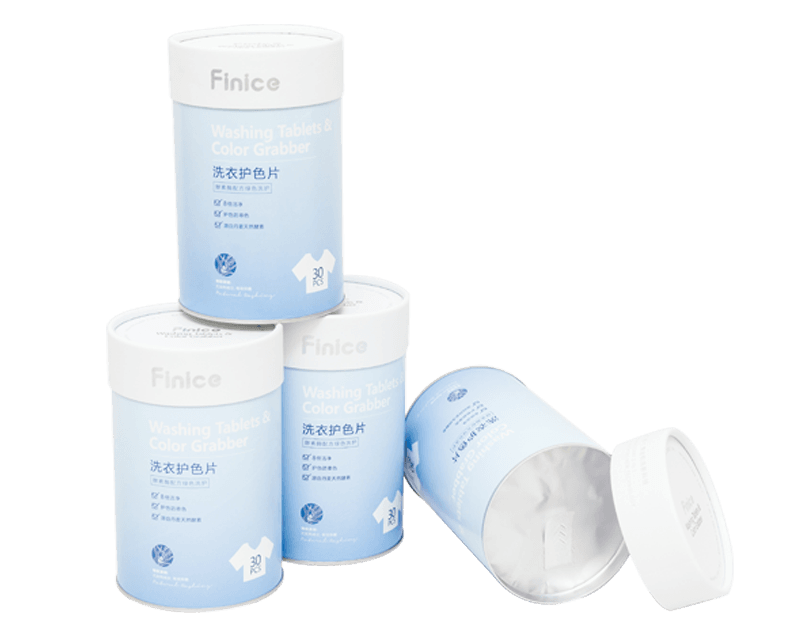
 English
English Español
Español
